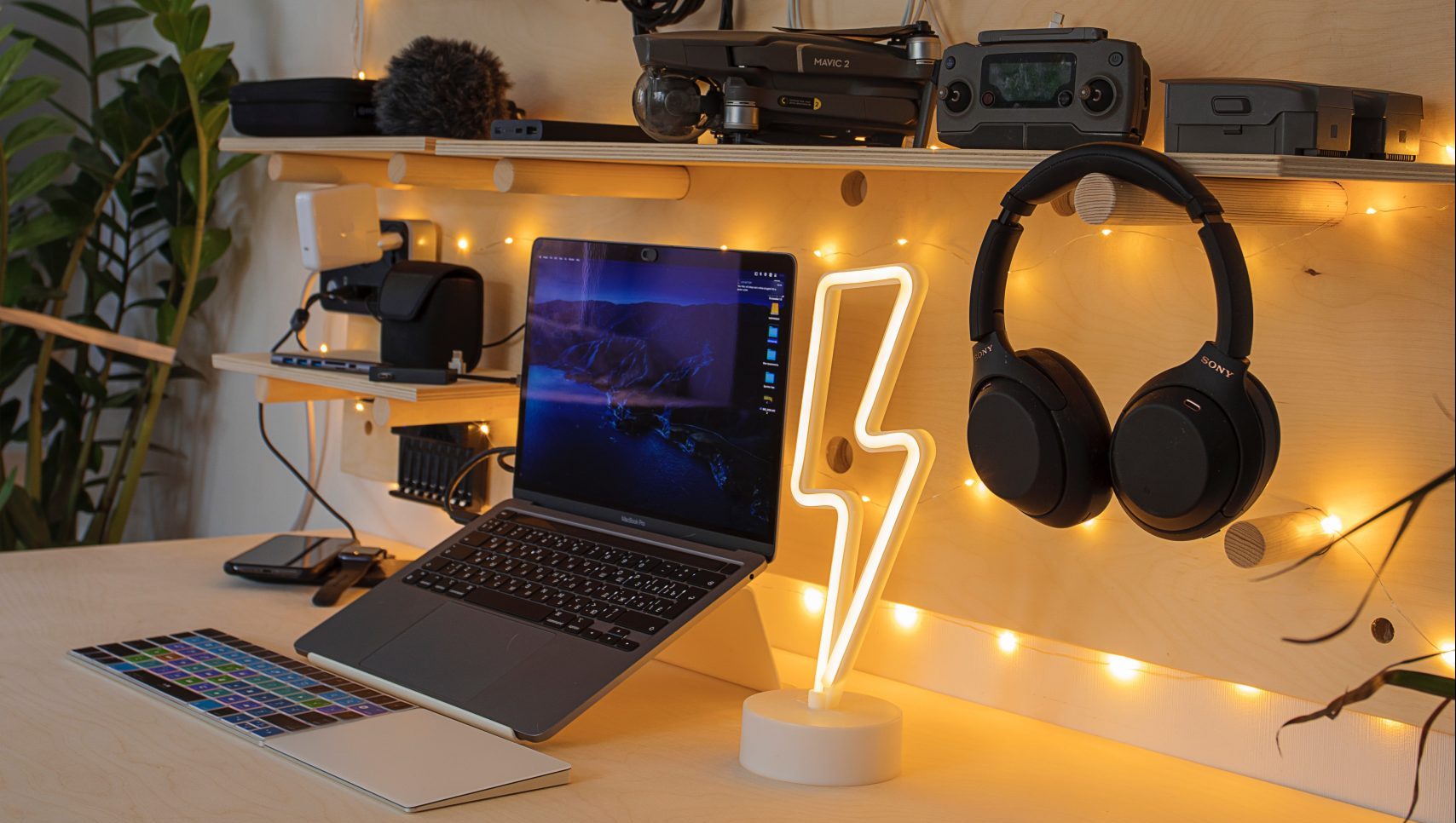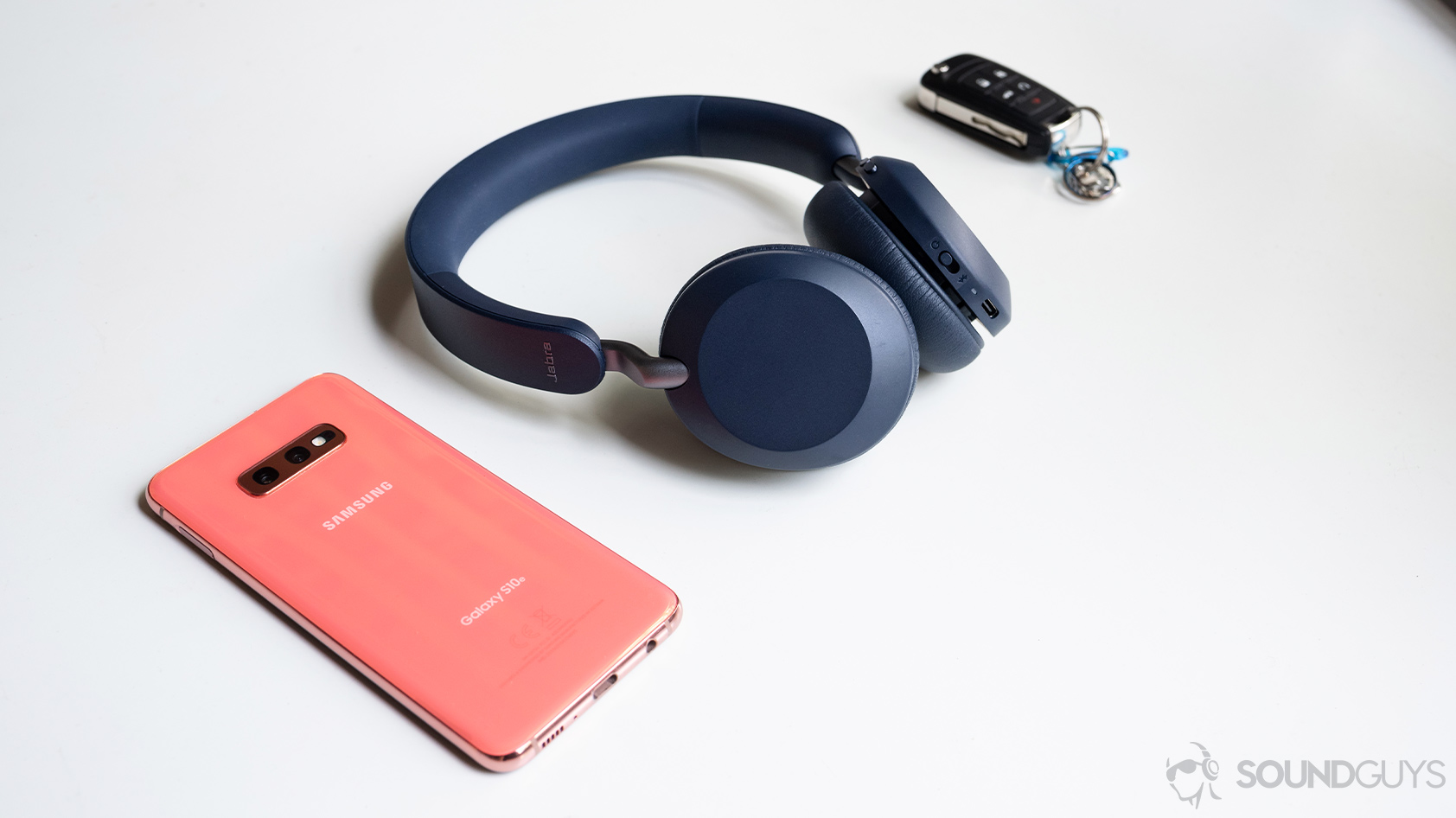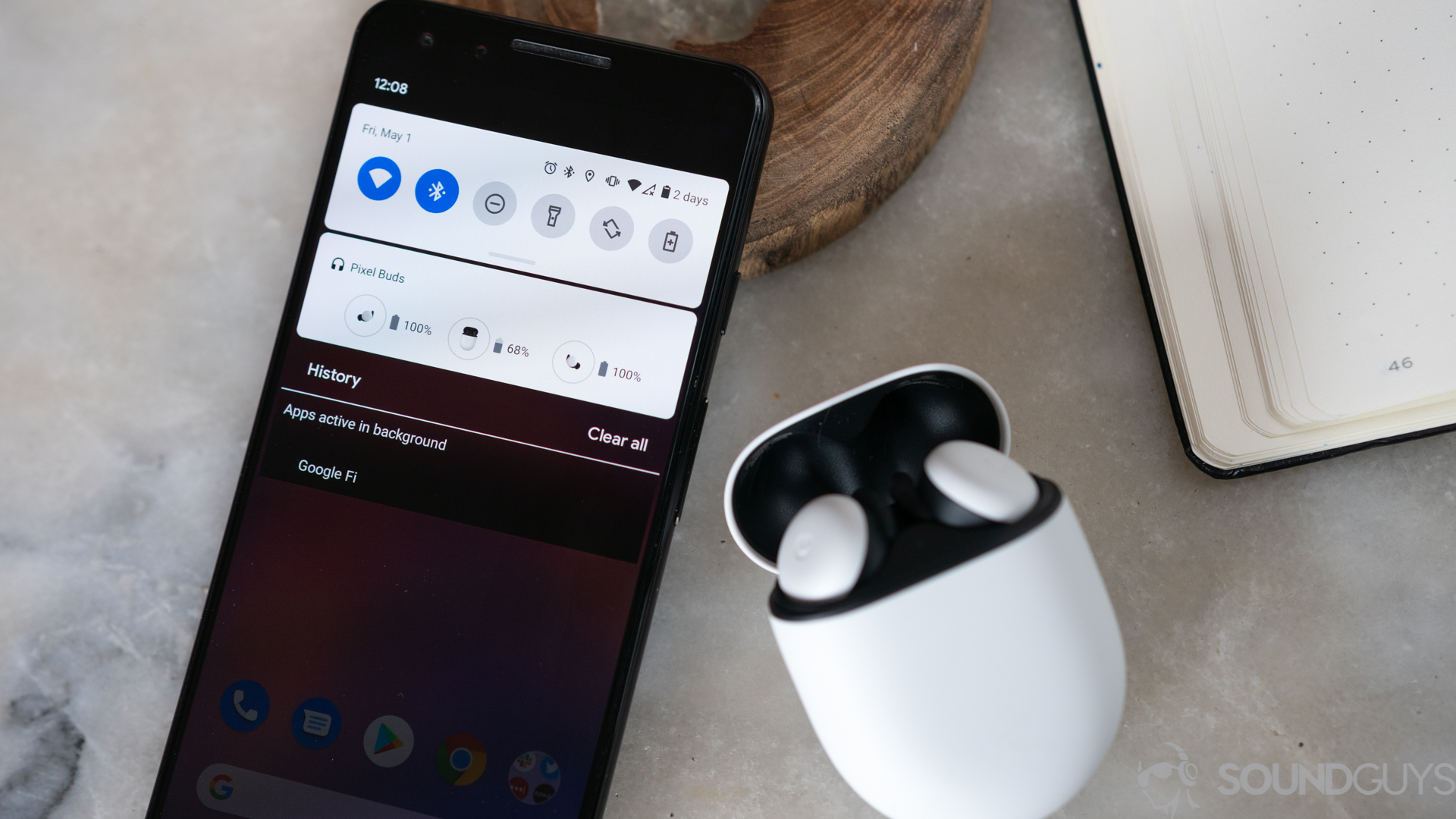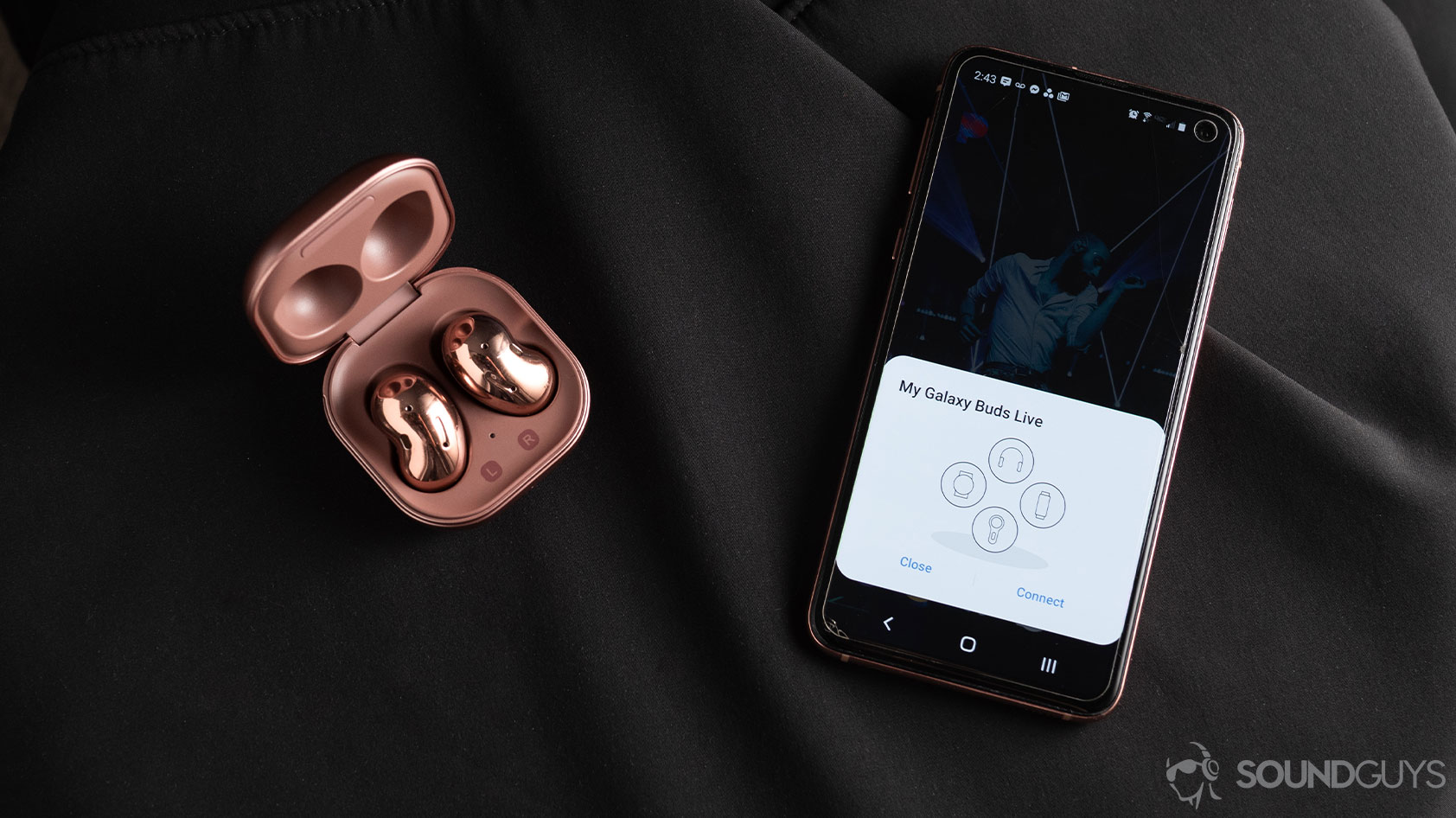All products featured are independently chosen by us. However, SoundGuys may receive a commission on orders placed through its retail links. See our ethics statement.
Why is Bluetooth still so unreliable?
September 12, 2021

Since the first Bluetooth audio streaming product appeared in 1999, the technology has promised to make wireless connectivity for audio both universal and painless. To date, after numerous revisions, it is safe to say that it has succeeded on the former, but not so much on the latter. The smartphone industry’s move to kill the analog headphone jack intentionally pushed consumers towards wireless headphones—meaning we now rely more on Bluetooth for audio than ever before.
Despite its proliferation, Bluetooth often seems frustratingly unreliable. It has a short range and you might encounter problems with devices not pairing or reconnecting. Other annoyances that may crop up include random disconnections, interruptions, or interference from other devices. Switching from one source to another can be hit or miss, plus there’s varying behavior from devices due to different implementations of Bluetooth features. Here’s why Bluetooth has so many problems, and what you can do to work around them.
What affects Bluetooth reliability?

Bluetooth wasn’t originally intended for audio. The standard was created in the mid-90s as a secure way to wirelessly transmit data between devices, and was expanded to create wireless personal area networks (WPANs). It’s now one of the most ubiquitous wireless technologies in the world, according to the Bluetooth Special Interest Group (SIG). You’ll find Bluetooth technology embedded in peripherals like keyboards and mice, game controllers, printers, and audio devices. It employs the 2.4GHz radio frequency (RF) band for transmission, which Wi-Fi and cordless phones also inhabit. It also shares frequencies used by microwaves ovens, fluorescent lights (including CFL bulbs), as well as smart home devices using the Zigbee mesh network.
The 2.4GHz frequency band is part of the Industrial, Scientific and Medical (ISM) zone of the RF spectrum. This area of the spectrum is attractive to equipment manufacturers as devices don’t require FCC licensing to operate in the ISM band. Because of this, the ISM band is buzzing with devices, all of which can interfere with your Bluetooth audio connection.

The wireless link between cell phones, speakers, and headphones is categorized as Bluetooth Class 2, which has a stated range of 10 meters (33 feet) and uses up to 2.5mW of transmit power. However, even communication with a Class 2 device (like a speaker) over a distance of five meters may not work particularly well, since generally devices need a clear line of sight for optimal transmission—disruptions from walls, doors, even people can cause problems.
Bluetooth hops between different frequencies. If you move around, carrier frequencies can drop off, requiring some re-profiling of the connection. This happens automatically, but can make the audio choppy momentarily, or may even interrupt it completely.
Related: True wireless vs wireless Bluetooth
The biggest problem is that several wireless protocols are competing for bandwidth, including all of your 2.4GHz Wi-Fi devices. Bluetooth transfers data much slower than Wi-Fi does. Under ideal conditions, 2.4GHz Wi-Fi will support up to 600Mbps. Bluetooth 5 offers data transfer speeds of up to 2Mbps—double the rate supported by Bluetooth 4.2, but still a tiny fraction of Wi-Fi transfer speeds. Even with the speed improvement, Bluetooth 5 will be slow to correct if data gets lost compared to Wi-Fi, and thus more prone to dropouts and glitches.
Why doesn’t your Bluetooth device pair reliably?

Bluetooth has a relatively complex handshaking protocol, which can fail if there is corruption of any data packet exchanged during the process. In this case, the handshake has to start over, which slows down the pairing process.
The process for pairing devices can vary. It might involve entering a PIN code into your phone or computer, particularly with older peripherals. Thankfully newer products have moved on from this approach. With many, you can use Near Field Communication (NFC) and physically touch your phone to the device you want to pair it with—this feature is common on Android devices.
Generally, Bluetooth is backwards compatible: Bluetooth devices supporting the current Bluetooth 5.X standard should still be able to pair with devices using older versions of the standard.
Audio devices are required to support a common codec called SBC, so they should be able to communicate, regardless of when they were made. Generally, Bluetooth is backwards compatible: Bluetooth devices supporting the current Bluetooth 5.X standard should still be able to pair with devices using older versions of the standard. If you run into problems, make sure your phone is running the newest version of its operating system.
Some accessories save pairing addresses from previously paired devices, but there’s a limit to the number of devices’ information that they can store. So if you run into trouble pairing headphones or a speaker that has been paired to devices in the past, it may need a reset to clear the pairing memory. Search online for how to reset your specific model.
How can you increase Bluetooth reliability?

If you want to improve the reliability of your Bluetooth connection there are a few things you can do:
- Keep devices as close together as possible when in use. Removing your phone from your pocket (or bag) can also improve the connection.
- Try to keep your distance from other 2.4GHz RF sources like Wi-Fi routers and smart home devices.
- Keep your devices updated—many headphones have an app that will allow you to make firmware updates.
- Bluetooth transmission can be affected when lots of applications run simultaneously on the source device. Close unnecessary applications.
- It’s unnecessary to stream high bit-rate audio files over Bluetooth, and this can cause skips or glitches. There’s no need for Hi-Res source files.
An important consideration when making purchasing decisions is to stick to devices within the same brand/ecosystem for the best results (e.g., don’t mix Apple and Samsung products). A few companies have begun to take matters into their own hands by developing technology that works a lot like Bluetooth, but with bespoke refinements.
For example, Apple’s H1 chip enables its AirPods to intelligently switch to whatever device you’re using, rather than having to unpair and re-pair with devices each time. Apple’s exclusive chip also optimizes audio streaming for listeners using AirPods products, or recent Beats headphones, making connectivity more stable and reliable. This all works well if you’re using Apple’s products at both ends of the connection. Meanwhile, Google added Fast Pair to its Pixel Buds—a proprietary technology that allows Bluetooth devices to quickly connect using Bluetooth Low Energy (BLE). The Fast Pair feature is available to users with compatible Android devices.
You might like: Why is true wireless connectivity so bad?
Since manufacturers clearly recognize the sub-optimal state of Bluetooth, it’s possible we will see more companies “fork the specifications” with proprietary add-ons to the Bluetooth standard. Stay tuned.